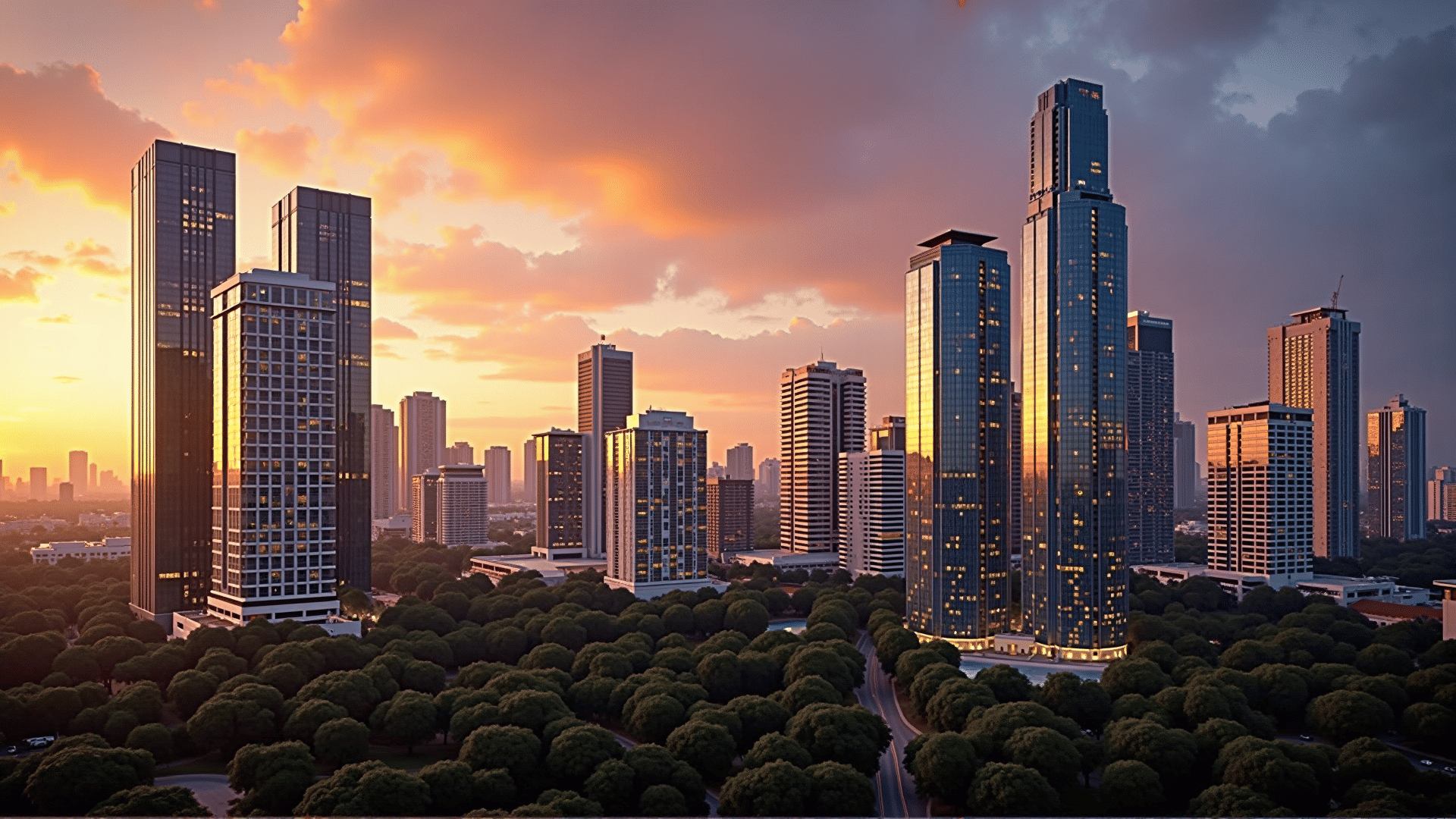Makati City, located in the heart of Metro Manila, is a vibrant testament to contemporary architecture and urban dynamism. As one traverses its bustling streets, the city's skyline unfolds like a canvas, painted with the silhouettes of towering structures that rise proudly against the sky. These edifices, with their sleek glass facades and innovative designs, speak volumes about human creativity and the relentless pursuit of progress.
One of the defining elements of Makati's architectural allure is its harmonious blend of function and form. The structures are not merely places of work or residence; they are symbols of modernity. Each building tells its own story, with design cues borrowed from various global influences, yet distinctively local in their adaptation. For instance, the careful consideration of tropical climate is evident in the generous use of shading devices, green spaces, and sustainable materials.
The cityscape is punctuated by iconic buildings like the Ayala Tower One, which epitomizes elegance and efficiency. Its glass curtain walls reflect both sunlight and the aspirations of the city dwellers. Meanwhile, the RCBC Plaza stands as a juxtaposition of geometric forms, creating a unique silhouette against the urban backdrop. These structures not only serve a functional purpose but also add to the city's aesthetic appeal, captivating both locals and visitors alike.
Moreover, the ongoing transformation of Makati is fueled by a commitment to innovation, with projects that integrate smart technology and eco-friendly practices. The concept of green architecture is gaining traction, with buildings incorporating features such as solar panels, rainwater harvesting systems, and vertical gardens. These advancements not only reduce environmental impact but also enhance the quality of life for those who inhabit these spaces.
This architectural evolution also extends to the city's public spaces and infrastructures. The pedestrian-friendly designs of streets and the accessibility of parks reflect a growing emphasis on community and connectivity. These spaces are thoughtfully crafted to encourage social interaction and promote a sense of belonging among the city's diverse populace.
In conclusion, Makati City stands as a beacon of modern architectural excellence. Its ever-evolving landscape is not just about advanced design and technology; it's about creating an environment where innovation thrives, balancing the threads of past traditions with future aspirations. As Makati continues to grow, its faces of glass and steel will remain as landmarks of both progress and inspiration.
